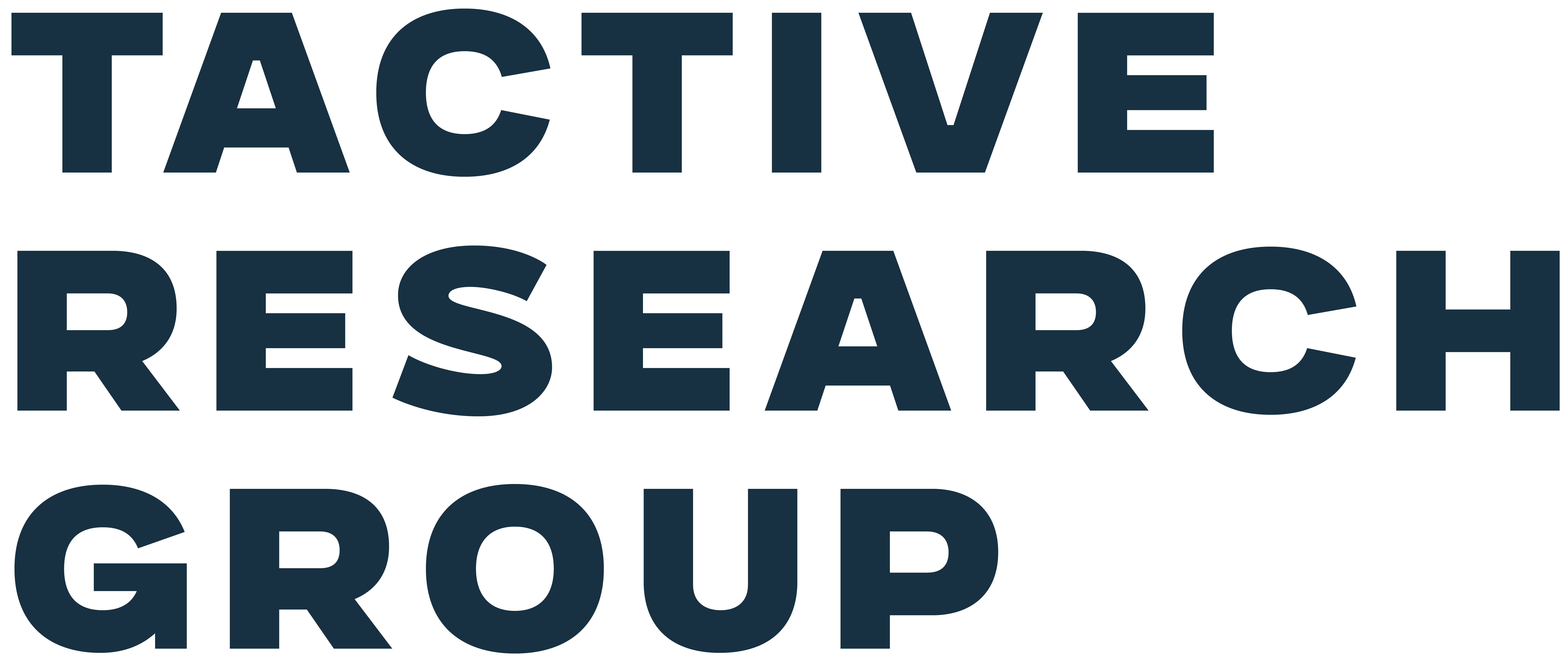The migration to post-quantum cryptography (PQC) is no longer theoretical. CIOs and CISOs must immediately initiate cross-functional crypto readiness programs: inventory cryptographic assets, align with vendors, and embed crypto agility into their architecture. The longer the delay, the higher the risk and complexity of catch-up.
Why You Should Care
Quantum computing poses an existential threat to classical cryptography. Algorithms that underpin secure digital transactions will not withstand quantum-level attacks. But the danger isn't waiting quietly in the future. Nation-state actors and advanced threat groups are actively harvesting encrypted data today, banking on decrypting it when quantum capabilities mature. This "harvest now, decrypt later" approach puts sensitive financial, healthcare, defense, and infrastructure data at imminent risk.
Some industries are especially exposed. Finance, healthcare, defense, and critical infrastructure rely on long-lived data and devices that may be in the field for decades. These environments must begin transitioning now to avoid falling behind. The shift to post-quantum algorithms isn’t a drop-in replacement; it requires new signatures, larger key sizes, software redesign, and hardware compatibility.
Transitioning will take time. Full cryptographic migrations are historically slow, often measured in decades. Meanwhile, the window for planning, piloting, and executing a successful post-quantum transition is rapidly closing. Hybrid cryptography solutions may help bridge the gap, but they also bring added complexity. Crypto agility, which is designing systems that can quickly and flexibly integrate new cryptographic methods, is the best bet for resilience in an unpredictable cryptographic future.
What You Should Do Next
Appoint a crypto transition lead and create a governance task force to begin testing hybrid cryptographic schemes and evaluating integration challenges and performance impacts.
Get Started
- Declare it a priority. Assign CISO-level ownership and ensure board awareness of PQC migration as a strategic risk and resilience initiative.
- Inventory and classify. Develop a comprehensive Cryptographic Bill of Materials (CBOM) to locate and assess cryptographic usage, focusing on high-risk data and long-lifecycle systems.
- Pilot hybrid implementations. Use ML-DSA or ML-KEM alongside classical algorithms in non-critical environments to evaluate overhead and compatibility.
- Design for agility. Integrate modular crypto libraries and ensure hardware, firmware, and protocols are flexible enough to accommodate evolving standards.

